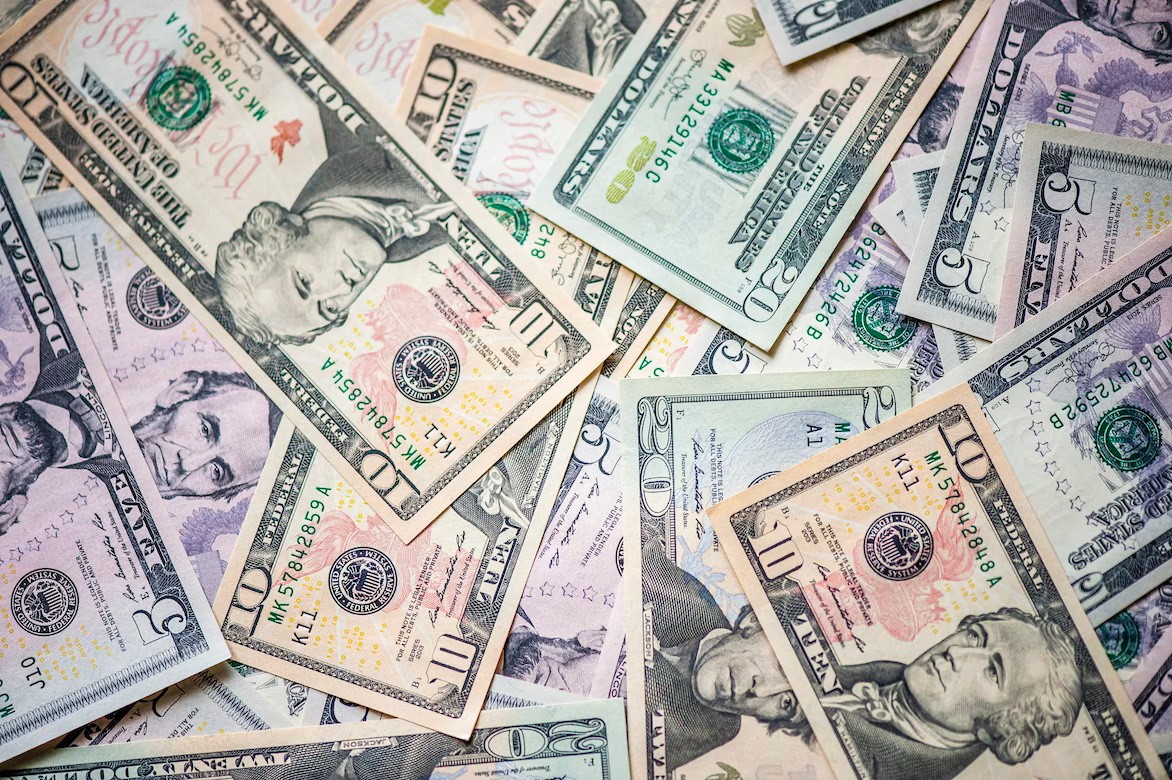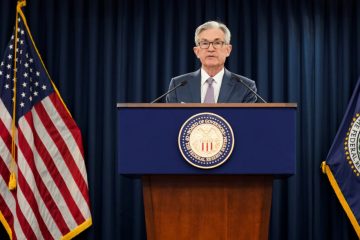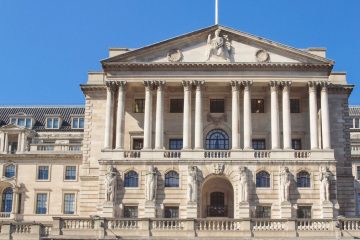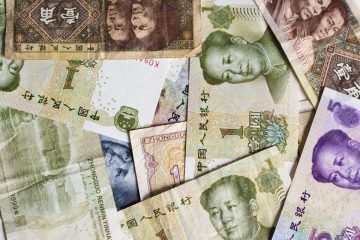Dollar steady as robust U.S. data keep Fed hawks in control

The dollar was on the front foot on Monday, supported by a strong run of economic data out of the United States that traders bet will keep the Federal Reserve on its monetary policy tightening path for longer than initially expected.
The greenback firmed slightly against most major currencies in Asia trade, sending sterling 0.06% lower to $1.2035. Against the Japanese yen, the dollar stood near a roughly two-month high at 134.11.
The Aussie rose 0.17% to $0.6890, having fallen close to 0.6% last week.
Trading is likely to be thin on Monday, with U.S. markets closed for Presidents’ Day.
A slew of data out of the world’s largest economy in recent weeks pointing to a still-tight labor market, sticky inflation, robust retail sales and higher producer prices, have raised expectations that the U.S. central bank has more to do in taming inflation, and that interest rates would have to go higher.
“For the week ahead, the dollar can track higher given the recent run of economic data which supports the narrative of higher-for-longer interest rates,” said Carol Kong, a currency strategist at Commonwealth Bank of Australia.
Markets are now expecting the Fed funds rate to peak just under 5.3% by July.
Hawkish comments from Fed officials have also underpinned the U.S. dollar, as they signaled interest rates would need to go higher in order to successfully quash inflation.
Similarly, two European Central Bank (ECB) policymakers said on Friday that interest rates in the euro zone still have some way to rise, pushing up market pricing for the peak ECB rate.
That, however, did little to lift the euro, which was down 0.08% at $1.06855.
“The hawkish ECB comments aren’t likely to support euro, given the dollar strength,” said Kong.
Elsewhere, the U.S. dollar index slipped 0.05% to 103.93, though is up nearly 2% for the month so far, keeping it on track for its first monthly gain since last September.
The kiwi fell 0.07% to $0.6238, with eyes on the Reserve Bank of New Zealand’s (RBNZ) interest rate decision on Wednesday.
The RBNZ is expected to scale down its tightening campaign only slightly, with a half-point interest rate hike to 4.75%.
“With inflation so high … not staying the course could mean even higher interest rates are required down the track,” said analysts at ANZ.
In Asia, China on Monday kept its benchmark lending rates unchanged for a sixth straight month in February, as expected, with the world’s second-largest economy showing more signs of recovery from a pandemic-induced slump.
The offshore yuan was last marginally lower at 6.8741 per dollar, while the onshore yuan last bought 6.8657 per dollar.
“We continue to expect that the People’s Bank of China will cut 1 and 5-year loan prime rates by 20bps each this year,” said analysts at Maybank.
“This will help frontload credit support to give additional impetus to the early stages of economic recovery.”








